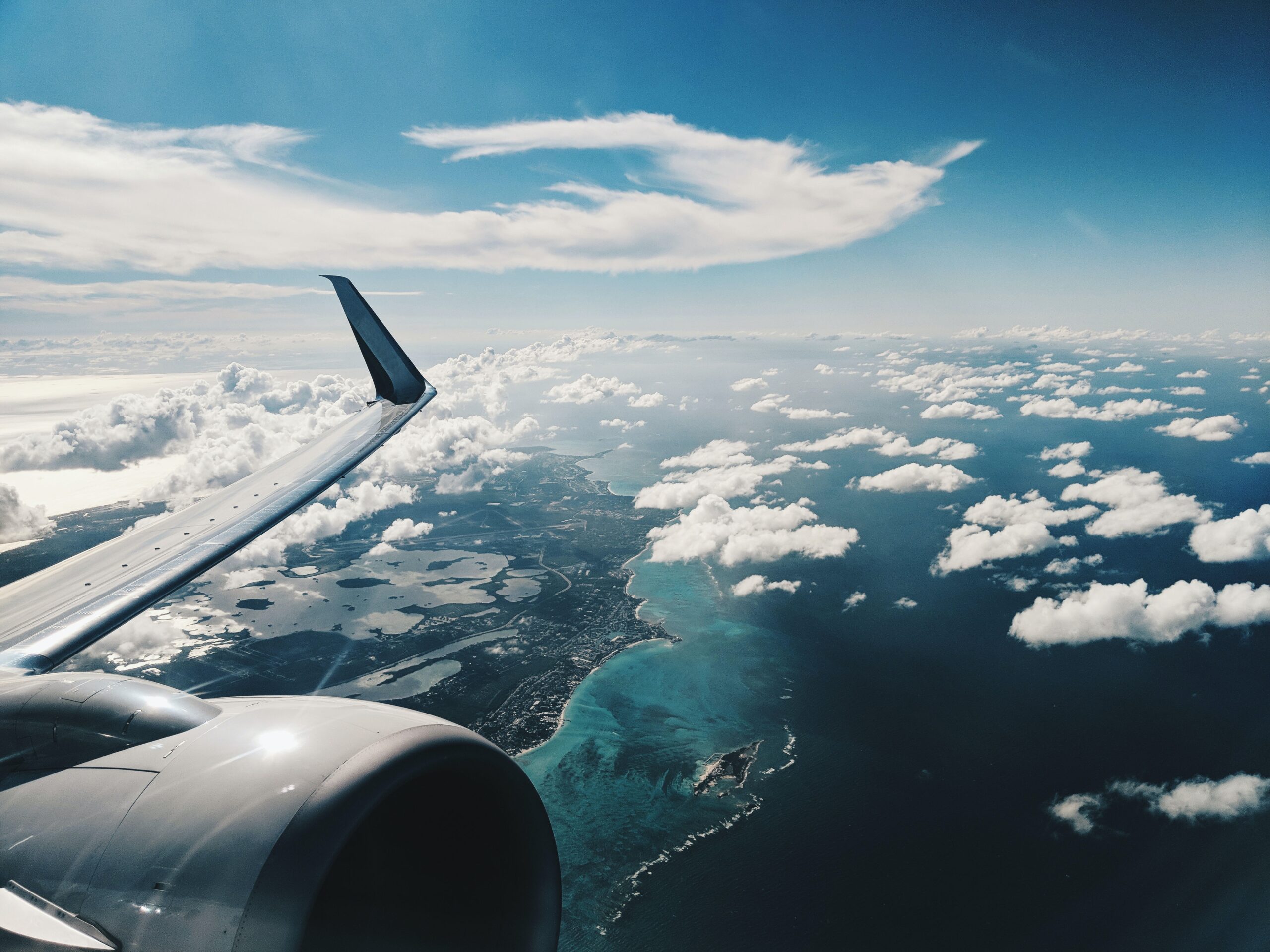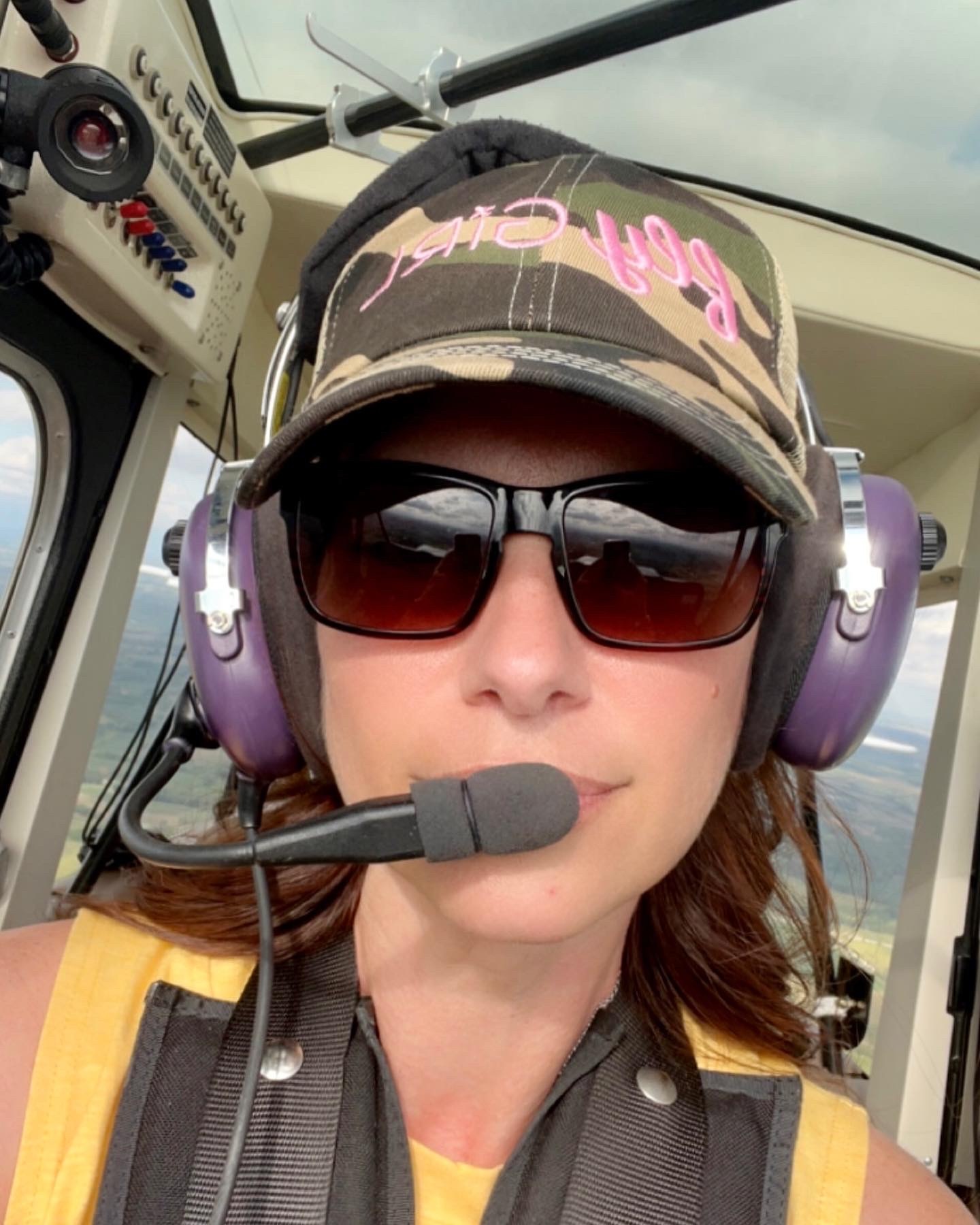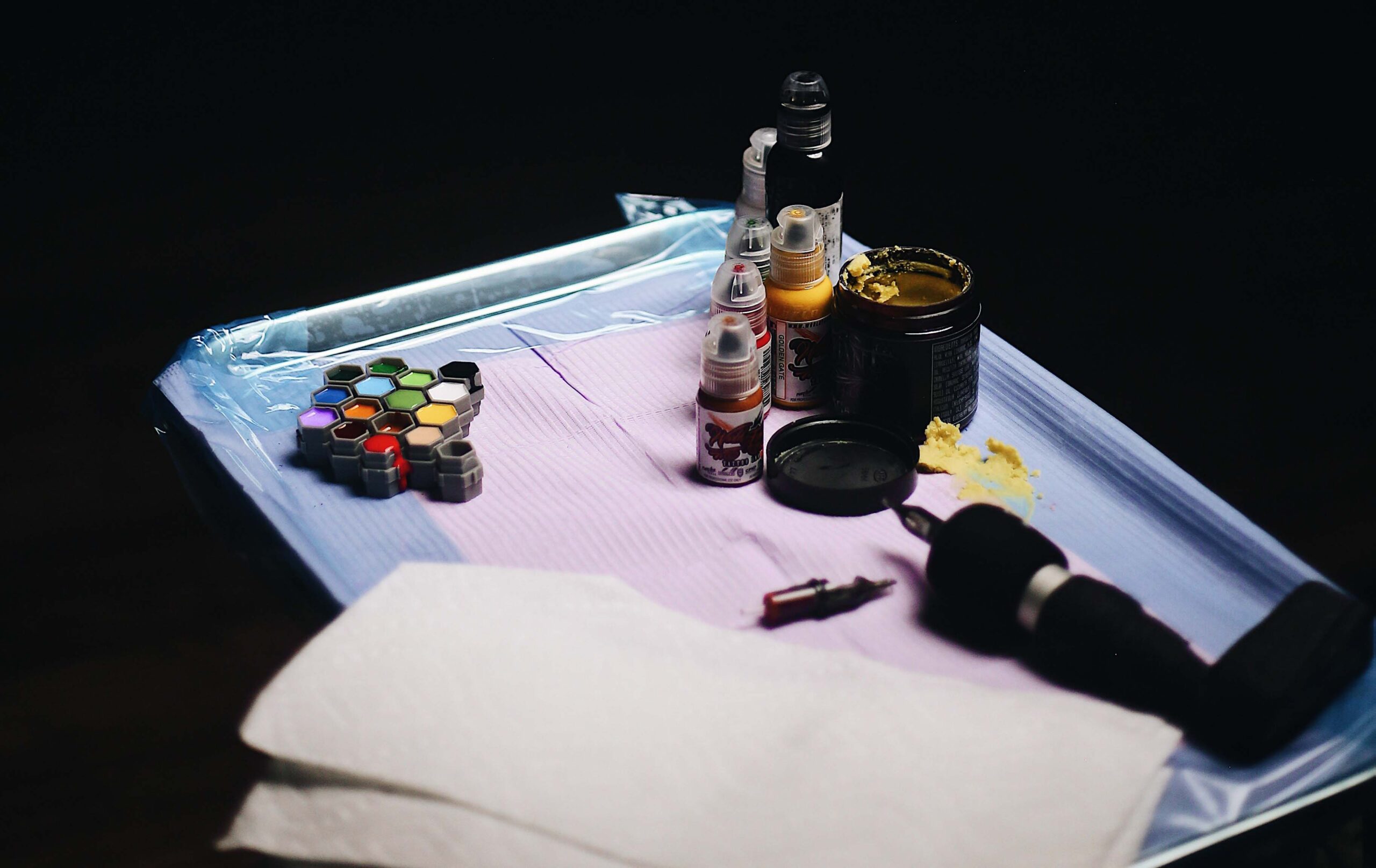
While body art, in the form of tattoos, has become a widely accepted personal expression of identity, the aviation industry, known for its stringent rules and regulations, still grapples with its acceptance. In the present day, tattoos have increasingly become a form of self-expression, a canvas to chronicle significant milestones, or simply a form of art. However, certain professions, including the aviation industry, still wrestle with the idea of visible tattoos. The primary question many aspiring pilots ask is, “Can I still fly if I have tattoos?” While the answer to this query is not entirely black and white, it is possible to provide some insight into this subject, keeping in mind that elements like company policy, location of the tattoo, and cultural norms play a critical role.
Regulations and Company Policies
As of my knowledge cut-off in September 2021, no international regulatory body, such as the Federal Aviation Administration (FAA) in the United States or the European Union Aviation Safety Agency (EASA), explicitly bans pilots from having tattoos. The primary focus of these organizations is on the pilot’s physical and mental fitness to fly, not their aesthetic choices.
However, individual airline companies have their own set of grooming standards and dress codes, which often include rules about visible tattoos. For example, some airlines state that tattoos must not be visible while the pilot is in uniform. This means tattoos on the face, neck, and hands, or any other area not covered by the standard pilot’s uniform, are generally not accepted.
Yet, it’s worth noting that these regulations are not universally applicable and may vary significantly from one airline to another. Some airlines may have more lenient policies or may not even mention tattoos in their guidelines. Therefore, it is crucial for individuals considering a career in aviation to research their preferred employers’ specific guidelines.
Visibility and Perception
The aviation industry values its reputation for professionalism and safety. As such, it’s essential to consider how visible tattoos might affect public perception. While societal acceptance of tattoos has grown tremendously, some passengers might still associate tattoos with negative stereotypes or unprofessionalism, which can impact their overall comfort and confidence in the airline.
The uniform of an airline pilot is a symbol of authority, professionalism, and trust. Thus, airlines have a vested interest in maintaining this image. A visible tattoo might, rightly or wrongly, be perceived as a breach of this professional presentation. This is a significant reason why many airlines opt for policies that limit the visibility of tattoos.
Cultural Considerations
Another factor to consider is the international nature of aviation. Pilots frequently fly between countries and cultures where attitudes towards tattoos can vary significantly. In some cultures, tattoos may be associated with criminal activity or be considered offensive or inappropriate. This cultural sensitivity is another reason why airlines might be cautious about their tattoo policies.
The Changing Landscape
However, it’s important to note that societal attitudes toward tattoos are changing. As body art becomes more mainstream, the number of people with tattoos in many professions has increased, and aviation is no exception. The traditional image of the clean-cut, tattoo-less pilot is gradually shifting, as more airlines recognize that a tattoo doesn’t influence a pilot’s ability to fly an aircraft.
Tattoos Under Uniforms
In general, tattoos that are not visible while wearing a standard pilot uniform are typically acceptable. Therefore, aspiring pilots who wish to have tattoos can consider placement carefully. As a general rule, any tattoo that can be concealed under the uniform – for example, on the upper arm, chest, back, or legs – would likely not be an issue for most airlines.
In summary, pilots can indeed have tattoos, but there are certain considerations to keep in mind. The key factors influencing the acceptability of a pilot’s tattoo are the specific airline’s policy, the tattoo’s visibility when the pilot is in uniform, and the cultural considerations of the countries they will be flying to and from. If you would like to discuss any of this further or have any other aviation questions, please reach out to us at Angle of Attack.
Have more questions about becoming a pilot?
The FREE Total Student Pilot Course covers everything you need to know about starting your aviation journey!

Karey grew up and obtained her in private pilot’s license in Central Iowa. She fell in love with tailwheel aircraft during her primary training and obtained a tailwheel endorsement the week following her private pilot checkride. She is eager to obtain her seaplane rating and is merging her passion for flying with her prior work career. Karey has a background in marketing, editing, and web design after graduating from Simpson College. When she is not flying or working, Karey enjoys anything related to technology and admits she can be a bit of a nerd. She also has discovered a love for virtually all outdoor pursuits, with a special fondness for climbing, shooting, and hiking.

Stay Connected
Be the very first to get notified when we publish new flying videos, free lessons, and special offers on our courses.






